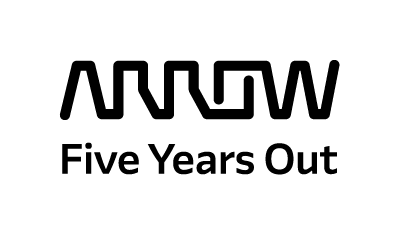Connecting the Dots -- Reprise
by Carol Baroudi

In May of 2012, 350.org organized “Connect the Dots Day,” which was aimed at bringing awareness to the acceleration and interconnectivity of severe weather events across the globe. I wrote then about the need to connect the dots in many dimensions beyond the weather events themselves if we are to cognize the importance of our every action as well as our every inaction. Three years later, we certainly have many more dots, and the need to expand our thinking is greater as well. Connecting climate change to energy is rudimentary. But do we see the energy consumption in the products we manufacture, in the water we purify, in the transportation of goods, and in the interminable mining of and drilling for raw materials?
We need to see the nexus between energy and water and food. And population. We need to understand the carrying capacity – the maximum population size of the species that the environment can sustain indefinitely, given the food, habitat, water, and other necessities available in the environment – of the human species on this planet, where the population has quadrupled in the past 100 years.
And what does this have to do with electronics? Consider for a moment the demands for water, energy, and raw materials needed for the electronics for a population of 7.2 billion people. According to The World Bank, 1.2 billion do not have electricity. Research suggests that by 2018, there’ll be approximately 1.4 mobile devices per person on the planet, inclusive of those without electricity. The quick math? This adds up to 10.8 billion mobile devices. Now add to that all the electronics that surround us – in automobiles, in thermostats, in medical devices, in data centers – the central nervous system of our civilization.
Like water, food, and air, electronics are indispensable to the way our societies operate. As such, it behooves us to connect the dots – to understand that if we want to avail ourselves of the electronics of the future, we need to treat the electronics we have today responsibly. According to the recently published UN University report on global e-waste, 2014 saw the creation of 41,800,000 metric tonnes of e-waste. Using the Step Initiative 2014 definition: “E-waste is a term used to cover all items of electrical or electronic equipment (EEE) and its parts that have been discarded by its owner as waste without the intent of re-use. It is also referred to as WEEE (Waste Electrical and Electronic Equipment), electronic waste, or e-scrap in different regions.” If we want to enjoy electronics in the years to come, we have to find ways of closing the loop, making electronics part of a truly circular economy.
Creating new electronics is dependent on the availability of the raw materials, the energy, the water, and the labor. As you envision just what it takes, from the mining of rare earth elements to the oil used to make plastic to the sourcing of conflict-free metals to the safe handling of toxic compounds, consider how to extend the life of the electronics you use, and carefully consider what you do with those you no longer want. Connect the dots. Drop me a line at cbaroudi@arrow.com about the connections you’re seeing. I’m all ears.
Carol Baroudi works for Arrow’s Value Recovery business, promoting sustainability awareness and action. Her particular focus is electronics at their end-of-life stage, and everything connected

